9 ways to make your washing machine less noisy
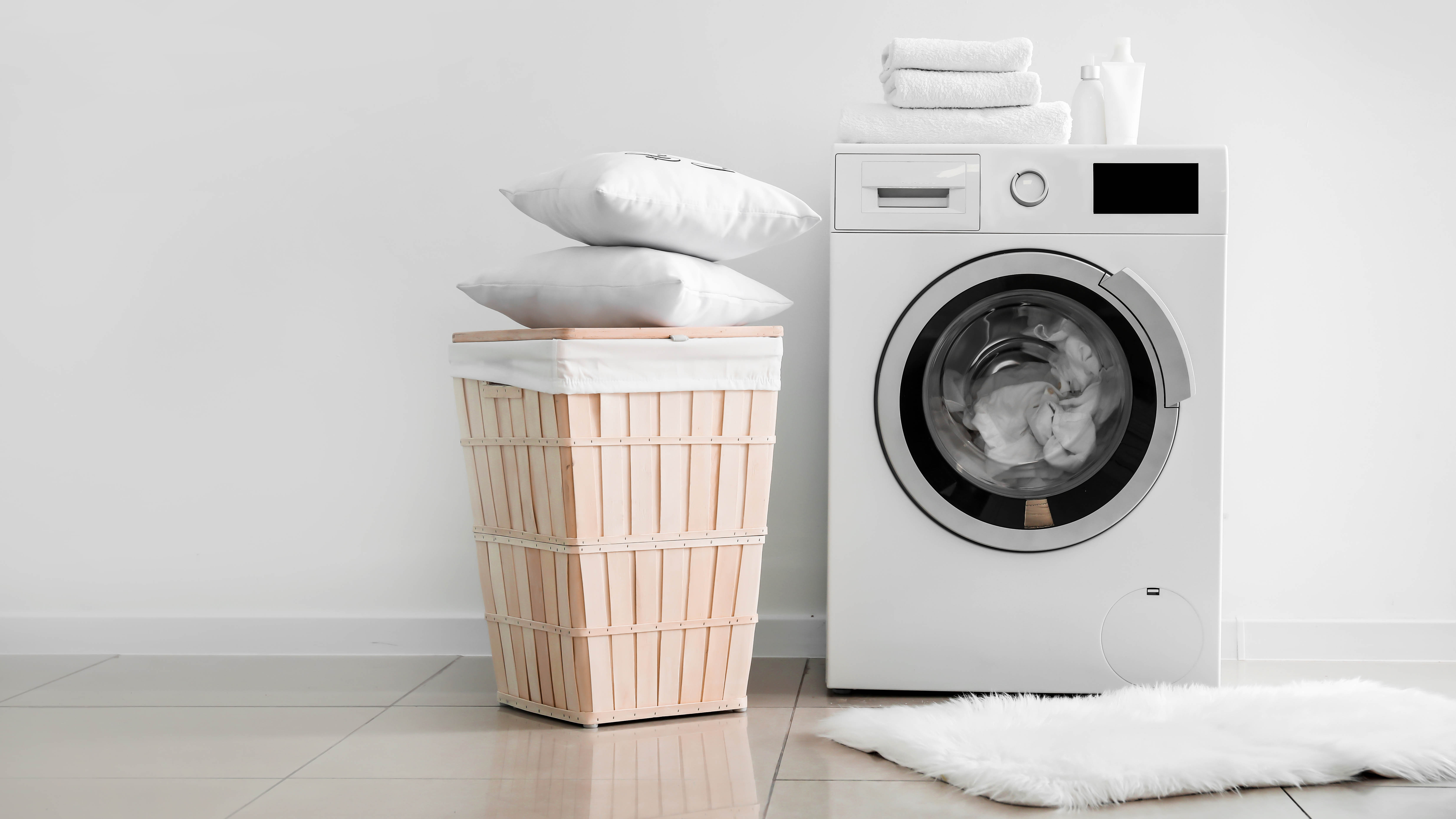
Even the best washing machines come with their nuisances — whether the capacity isn’t quite right, or the control panel has too many settings. However, one of the most common frustrations is actually noise.
There’s nothing more annoying than trying to concentrate on your work, or having a conversation in the kitchen, when the spin cycle starts up. The machine can throw itself around as it builds up speed and all sorts of items can make a ruckus within. Before you know it, you’re trying to hold it down and find any way to quiet the process.
If this sounds like something you can relate to, the news is that there are solutions available. Some simply require changes in habit, while others involve giving your washing machine some TLC. If you want to learn more, we’ve pulled together 9 ways to make your washing machine less noisy, so you no longer have to dread laundry day.
If your washing machine is making a huge amount of noise as it tries to spin, potentially damaging your floors and ‘walking’ in the process, check out how to fix a shaky washing machine. If noise is a general problem in your home, check out 7 clever ways to reduce noise in your home.
1. Balance the load and fill to capacity
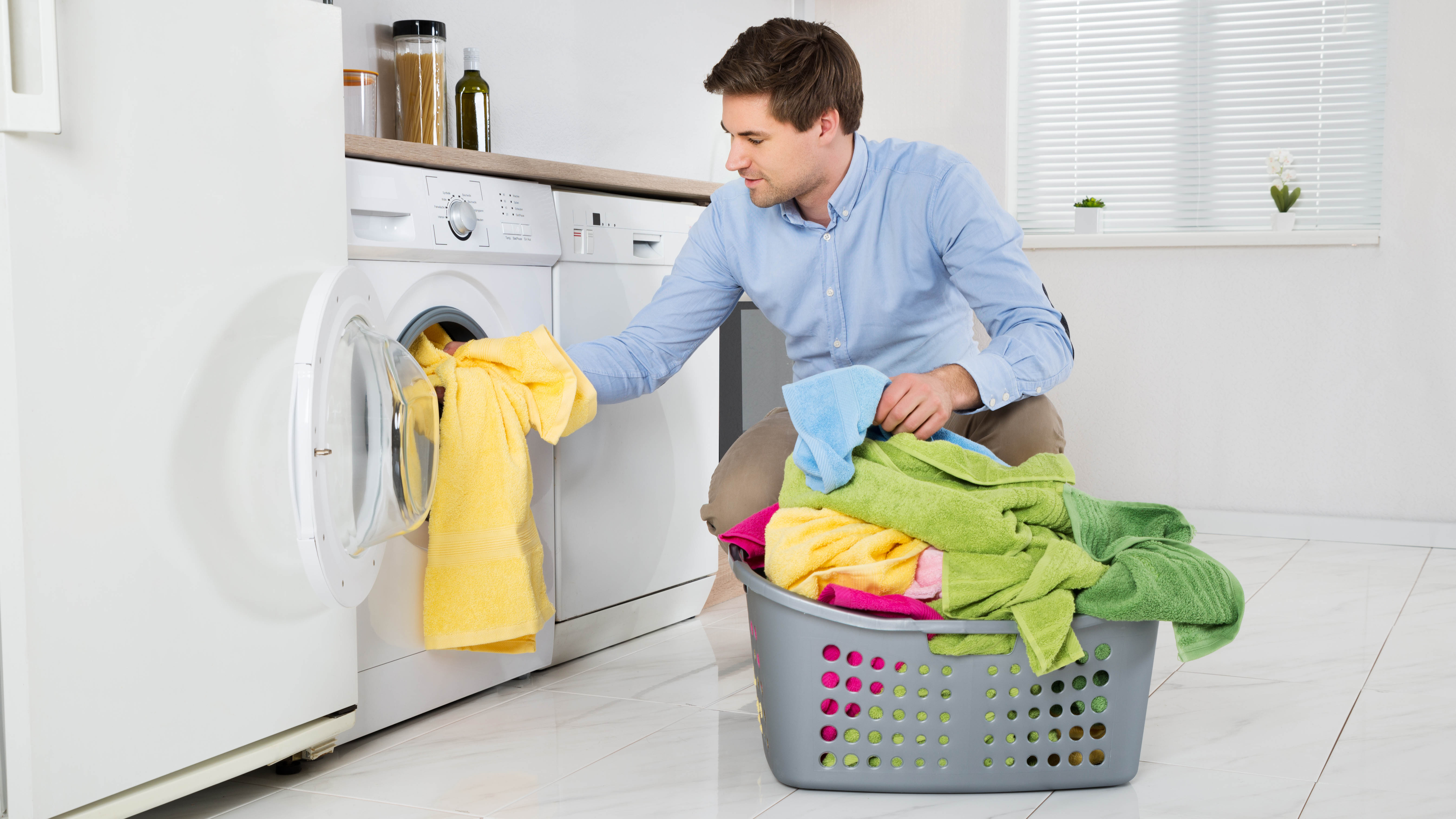
First of all, consider how you’re filling your washing machine, coupled with how it works. If your washing machine isn’t filled to full capacity, the load will be chucked around within as it tries to spin, resulting in the washing machine being thrown with it. This force can actually cause the machine to ‘walk’ and smash into your floors, sometimes cutting out the spin cycle and leaving you with a sopping mess.
The load should not only be filled to capacity, but balanced in weight to prevent this problem. So if you’re washing a pillow, bulk out the load with towels. Or if you haven’t quite filled the drum with a weekly load, wait a little longer before running it. Having said that, don’t overload your washing machine either. This too can cause it to be unbalanced, throwing itself around in the final stages. So if you find yourself forcing items in the drum, just save those for the next cycle.
2. Level out the machine

Excess noise can also be produced throughout the cycle if your washing machine isn’t level. It’s quite easy to check this — using your hands, see if you can rock the washing machine in its place, both side-to-side and back and forth. Alternatively, you can use a spirit level, such as the Dowell 9 Inch Magnetic Box Level Torpedo Level ($6.99, Amazon). If your washing machine is uneven, this will be contributing to the noise.
Get instant access to breaking news, the hottest reviews, great deals and helpful tips.
To rectify this, the feet on your washing machine can be individually adjusted in height until even. Once the machine is disconnected, you simply need to use a wrench to loosen the lock nuts found on each foot, then rotate the bolts to raise or lower its height. Keep checking the balance as you make the changes, and once you’re happy, tighten the lock nuts again. Always refer to your usual manual for full instructions when making changes such as these. It’s also worth checking the condition of your floor as well. If the washing machine is sitting on a damaged floor, the surface will need replacing.
Once your feet are balanced, it’s also worth noting that you can add anti-vibration pads or a mat to help quieten things down. These rubber additions will help absorb some of the noise in use, while better separating the washing machine’s force from the floor, and giving it improved grip at the same time. An example of these would be Empire of Electronics Anti Vibration Pads with Tank Tread Grip ($24.95, Amazon) — these actually come with a spirit level to help.
3. Lower the spin speed
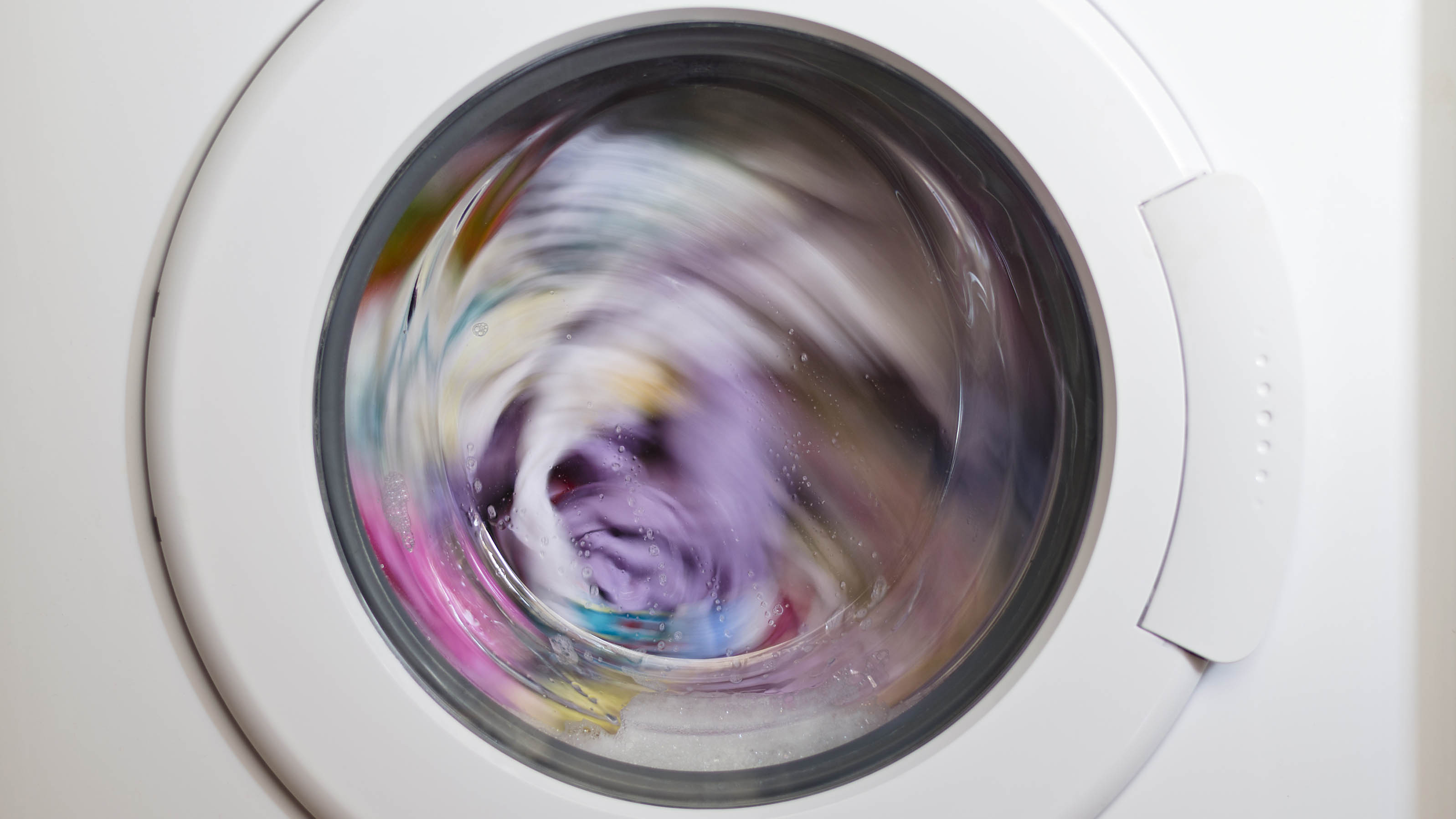
If it’s just the noise of the spin cycle that’s bugging you, remember you can always adjust this too. While the highest spin speed will remove the most water from your laundry, so it dries faster, it also naturally produces the most noise. That means by reducing the spin speed, should full power be unnecessary, you can reduce the noise output.
A reduced spin speed will be best for more delicate items of clothing in any case, so always check the care label and use the best spin speed to suit the material you’re washing. Plus, a higher spin will mean more wrinkles and increased energy consumption, so you might be grateful for this change.
4. Run it at a convenient time
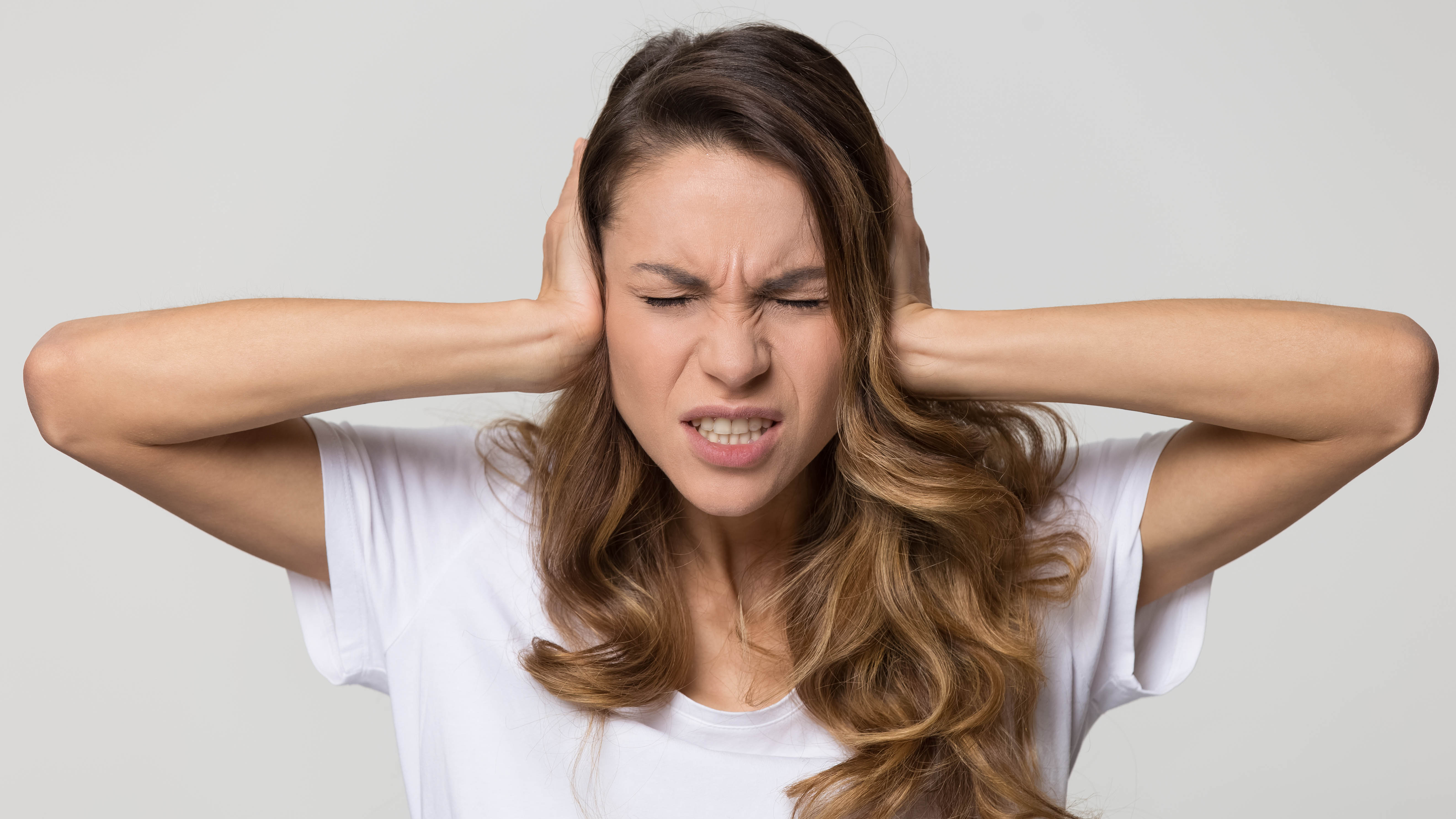
So this point isn’t necessarily reducing the noise, but it’s still an important one to make. Always take account of the wash length and consider if you’re running it at an appropriate time. If you’re planning to focus on work, the spin cycle may not be ideally timed — especially if you’ve got meetings booked later in the day! The same can be said if you’re trying to relax.
Always run your washing machine at a time when the noise is less likely to be a distraction, and remember that the given wash time is often longer than advertised. Never run your washing machine unattended as it can pose a fire risk.
5. Look out for loose items

It sounds like common sense, but always turn out your pockets and check for loose items before you run a wash. Loose change, keys and other small items can make a lot of noise during the cycle and damage your washing machine in the process. At its worst, loose items can block the drain pipe or damage the outer tank, so you need to keep on top of this. In fact, we’ve found 15 things you should never put in a washing machine if you want to avoid all kinds of damage.
If you suspect a small item may be loose in a wash, stop the cycle immediately and locate it within the drum. If it’s not there, it may have travelled into the filter, which leads onto our next point.
6. Empty out the filter
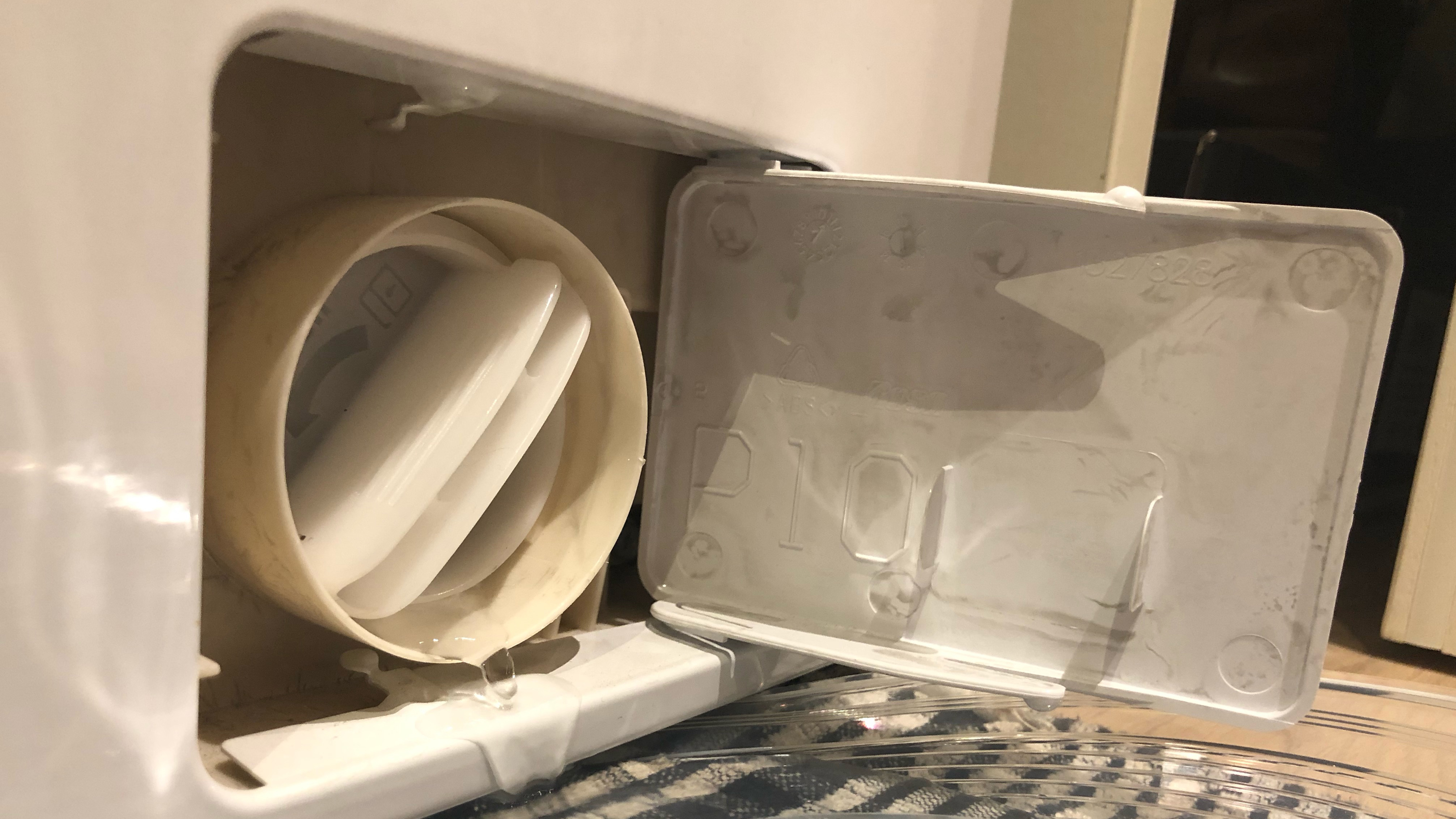
The filter of your washing machine needs to be removed and cleaned regularly. It can collect all kinds of residual items from the washes, which can vibrate and make more unnecessary noise. The water from the drain hose can end up smelling pretty awful if it’s not emptied regularly as well.
The filter can be found behind a panel at the base of the front of the washing machine. Switch off the machine, place a shallow dish under it to collect the excess water and slowly undo it to release. Do this gradually so you don’t create a mess. Some washing machines come with useful tubes so you can better direct the flow, but others just spill out, so be prepared and refer to your manual if required.
Once the water stops, fully remove the filter and dispose of any debris or loose items. Give it a clean under hot, running water if necessary. Be sure to check the reservoir itself for more loose items before replacing the filter. To give your washing machine a full once-over, here's how to clean a washing machine.
7. Get it inspected and repaired
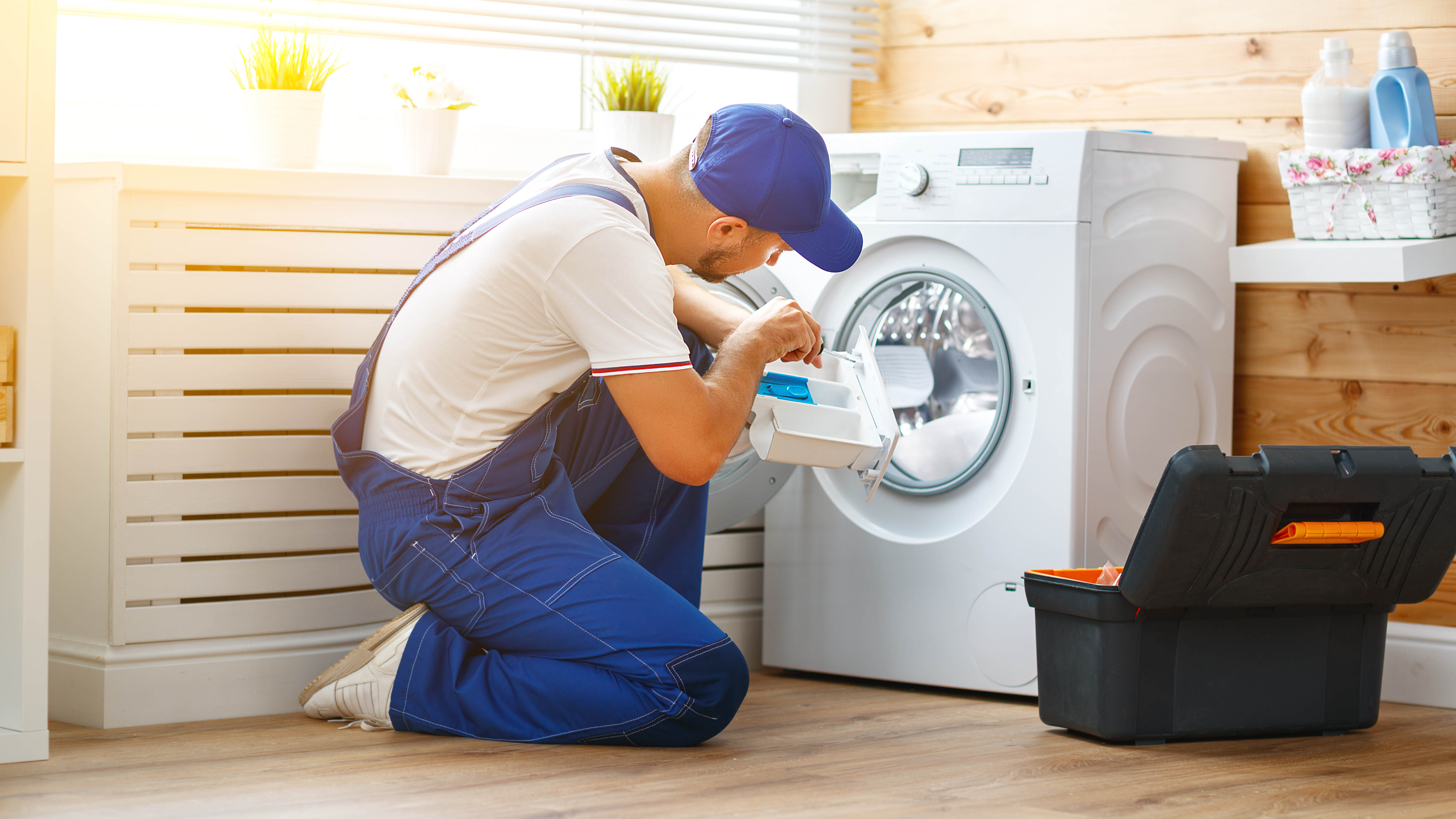
If you’ve tried all of the above and your washing machine is still making no end of noise, repairs may unfortunately be necessary. Call in a professional to inspect it and replace the necessary parts.
Do not keep using your washing machine if you suspect faults, otherwise it can cause further damage to your appliance as well as to your floors. In the worst case scenario, it could pose a potential fire risk as well. According to the National Association of Home Builders, a washing machine has an average lifespan of 10 years, so be prepared to purchase a replacement if you’re using an older model.
8. Invest in one of the best washing machines
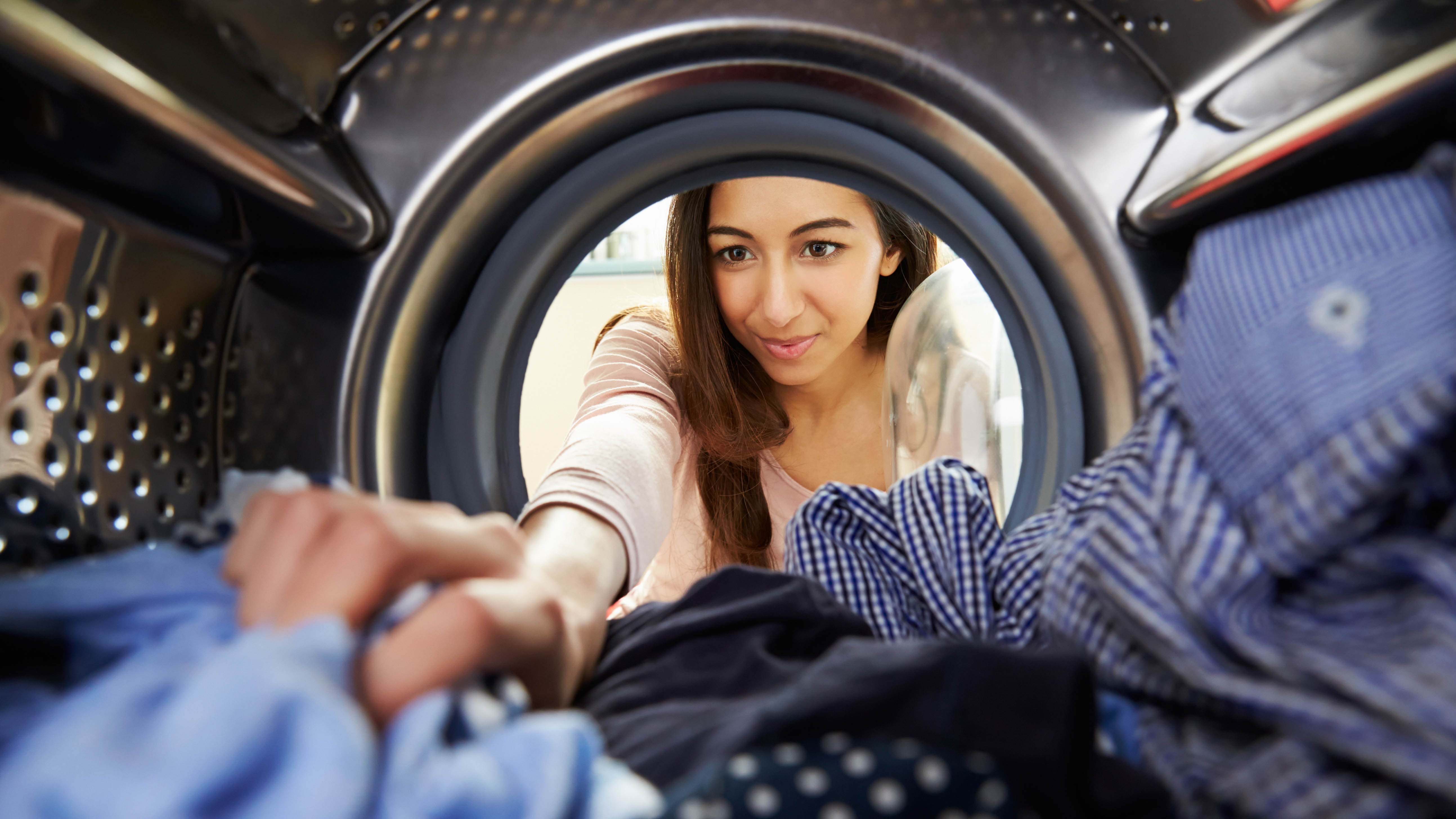
If you’re in the market for a replacement, make sure you take noise into account when shopping for the best washing machines. Some washing machines claim to offer vibration reduction technology, while others may advertise noise readings as part of the specifications for comparison. In either case, it is possible to shop for a quiet washing machine.
9. Upgrade your laundry room
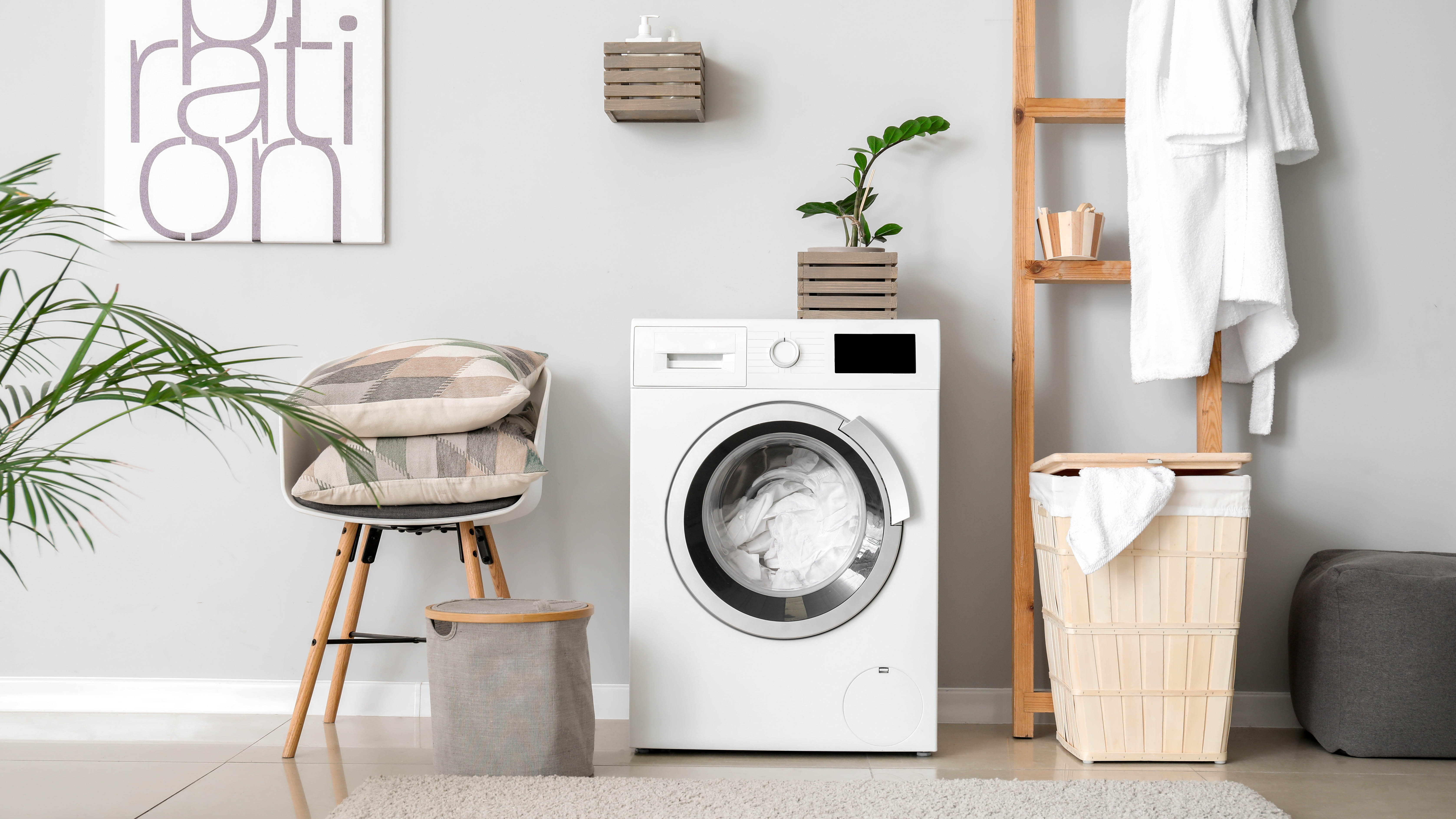
Finally, if the noise of your washing machine is echoing throughout your home, you could also consider upgrading your laundry room. Essentially, you can soundproof a laundry room by adding insulation to the floors and walls, and by reinforcing the doors. This is an expensive addition if you want it to look good, but it may be necessary if you don’t intend to move anytime soon.
An affordable starting point would be to invest in a soundproof blanket to hang over the door, such as this Magzo Magnetic Thermal Insulated Door Curtain ($45.98, Amazon).
For more washing tips, tricks, and how-tos, check out our guides on when you should and shouldn't use the quick wash setting and 10 things you should never put in the dryer. You can also check out how to make your laundry more eco-friendly.

Katie Mortram used to be a Homes Editor for Tom's Guide, where she oversaw everything from kitchen appliances to gardening tools, as well as smart home tech. Specializing in providing expert advice for cleaning and home manintenance, she now works as Household Advice Editor for Good Housekeeping.
